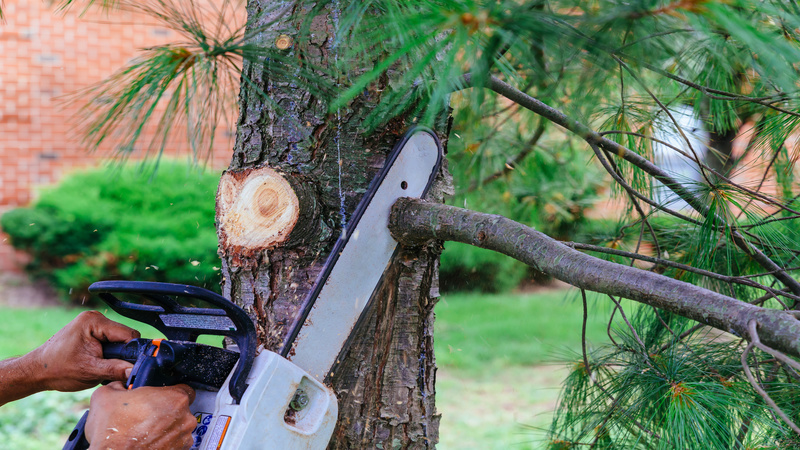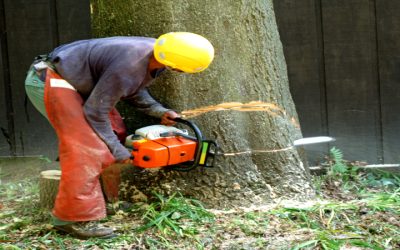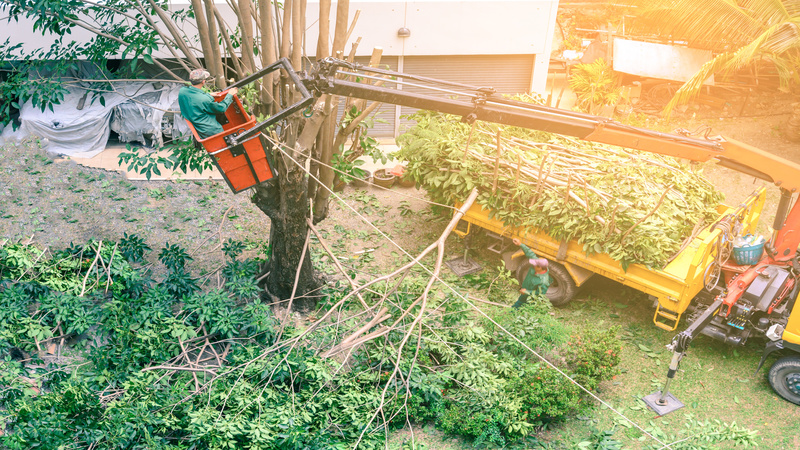Maintaining the health and aesthetic appeal of trees is critical for any homeowner. Proper tree trimming in Smyrna, GA, is an essential part of landscape maintenance, as it ensures that trees develop while improving the overall appearance of the property. By investing time and effort into this practice, homeowners can enhance their outdoor spaces, ensuring that their trees remain healthy, vibrant, and visually pleasing throughout the seasons.
The Crucial Role of Tree Pruning for Health and Safety
Besides looking good, tree pruning is essential for tree health and environmental safety. Overgrown trees can cause a variety of problems. Excessive growth can impede views, interfere with electricity lines, and cause structural damage. Furthermore, neglected trees may develop weak branches that pose a threat during storms or severe winds, resulting in injury or property damage. Regular tree trimming in Smyrna, GA, helps trees maintain their structural integrity, promoting healthy development. Trimming dead or diseased branches slows the spread of pests and diseases, allowing the tree to concentrate on new developments. Healthy trees not only add beauty to your landscape, but they also provide essential benefits such as shade, improved air quality, and habitat for wildlife.
Maintaining proper sunlight penetration is another valuable aspect of tree trimming. Properly trimmed trees allow more sunshine to reach the ground and surrounding plants, resulting in a healthier garden ecology. This strategy is especially crucial in densely planted areas, where trees may fight for light and nutrients. By trimming trees regularly, homeowners may promote a healthy ecosystem across their property.
Best Practices in Tree Trimming
When it comes to tree trimming, there are a few best practices to follow to ensure efficient and safe outcomes. Foremost, it is critical to determine the optimal time to trim trees. The optimal time for most tree pruning chores is in late winter or early spring when the trees are still dormant. This scheduling decreases stress on the tree and lowers the chance of disease. Before beginning the trimming procedure, it is critical to evaluate the tree’s overall health and structure. Look for evidence of disease, rotting, or insect infestations. Identifying these issues early on will help you plan your trimming strategy and ensure the tree’s long-term health.
When trimming, it is critical to utilize the appropriate equipment. Sharp, clean tools are required for making clean cuts that facilitate rapid healing. Use hand pruners, loppers, and saws based on the size of the branches you need to remove. Furthermore, avoid excessive pruning; experts recommend removing no more than 25% of the tree’s foliage at a time. This method reduces trauma to the tree and allows for more strong regrowth.
Safety should always be the primary priority when pruning trees. If the tree is large or near power lines, it may be best to engage a professional who has the required experience and equipment for safe trimming. Expert arborists can evaluate the tree’s health and execute the task securely, guaranteeing the protection of your property.


